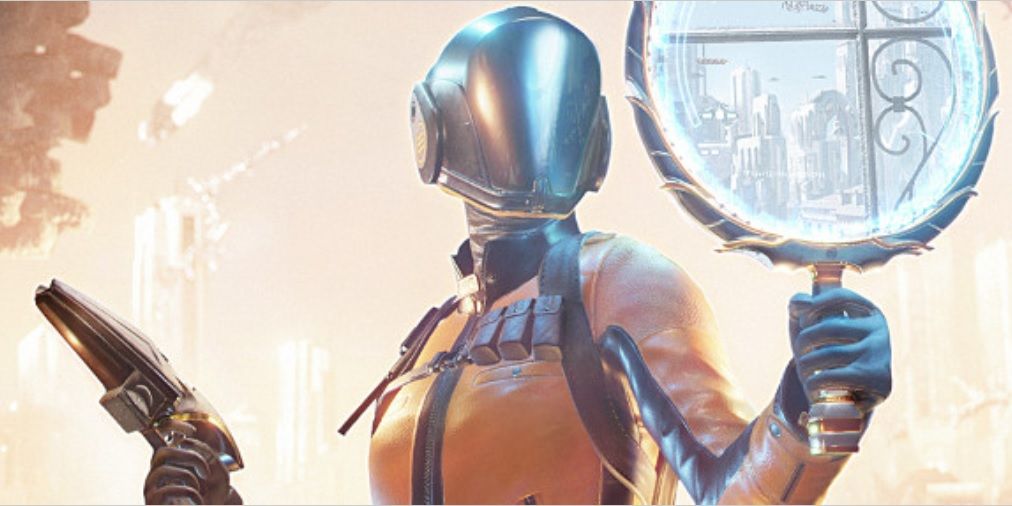

It does provide some passive cooling on the components located at the other side as well as needed rigidity to the card so the PCB won’t flex as much if mounted horizontally. The backplate is also made out of aluminum. Cooling is further enhanced by its massive heatsink that draws away heat from its internal components. The center fan spins counter to the other two in order to reduce turbulence while the fans’ outer ring increase static pressure for better cooling performance. Three Axial-tech fans with dual ball bearings and extra blades cool the card. Most of its body is made out of aluminum including the shroud, which makes the card heavier budget-friendly cards in the market. So those who are building small ITX systems may want to watch out for space requirements. It is a thick card measuring 320 x 140.2 x 57.8mm and requires nearly 3 slots on your PCIe expansion slots.
Time spy benchmark series#
ASUS TUF Gaming Radeon RX 6800 XT Up CloseĪSUS TUF Gaming Radeon RX 6800 XT shares the same design as other TUF Gaming series cards even NVIDIA-based cards like the ASUS TUF Gaming RTX 3080. At this time, FSR is supported by around 50 games and engines including Deathloop, Far Cry 6, Godfall, DoTA 2, and more games are on the way. AMD says that image quality is near-indistinguishable at Ultra Quality mode while performance in games is increased by up to 2.4x at 4K at Performance Mode. The result is an upscaled image with higher quality details compared to basic point or bilinear upscaling. A sharpening pass improves the image quality by enhancing texture detail. The FSR upscaling algorithm analyzes the source image at the anti-aliased input resolution and then recreates it at the target resolution. It lowers the render resolution of games to improve performance and then upscales the image to the target resolution using algorithms to put the quality almost on-par to the native resolution. AMD is implementing dedicated RT cores on RDNA2-based GPUs in order to improve performance of ray tracing effectsįidelity FX Super Resolution, otherwise known as FSR, is AMD’s answer to NVIDIA’s DLSS technology. Ray Tracing Support and FidelityFX Super Resolutionīig Navi will officially support ray tracing in games albeit in a lesser extent compared to the competition’s latest offerings. AMD, however, is working hard to have it compatible with NVIDIA and Intel platforms. AMD claims that SAM provides up to 10% of additional framerate to games but this increase is much more noticeable to higher resolutions.Īt this time, this feature is only compatible between the RX 6000 series GPUs and Ryzen 5000 series processors on X570 boards. AMD’s Smart Access Memory (SAM) combines the memory of the CPU and GPU to increase that limit to reduce buffering and latency. Transfers between the CPU and GPU are normally limited to a 256GB chunk. This allows for better bandwidth, lower latency, and faster memory access. Not to be confused with the Infinity Fabric found on their CPUs, Infinity Cache uses a 128MB cache on the die itself in order to bridge the size between of the VRAM and the traditional L2 cache found on GPUs. One of the solutions that AMD implemented on RDNA2 is the usage of the Infinity Cache. Due to this, it has also been positioned at a slightly lower SRP of USD 579.

In the case of the RX 6800, AMD has shaved a bit of processing power to separate itself from its XT variant.

Overall, AMD is promising up to 54% gain in performance-per-watt thanks to clock enhancement, frequency increase, and varying optimizations. Their new generation GPUs are also boasting GPU clock speeds well beyond the 2000MHz mark, which should deliver faster performance across the board. It still uses a 7nm lithography while becoming more efficient than its predecessor. AMD’s RDNA2 architecture, also known as Big Navi, is essentially the next evolution of RDNA introduced with the Radeon 5000 series.


 0 kommentar(er)
0 kommentar(er)
